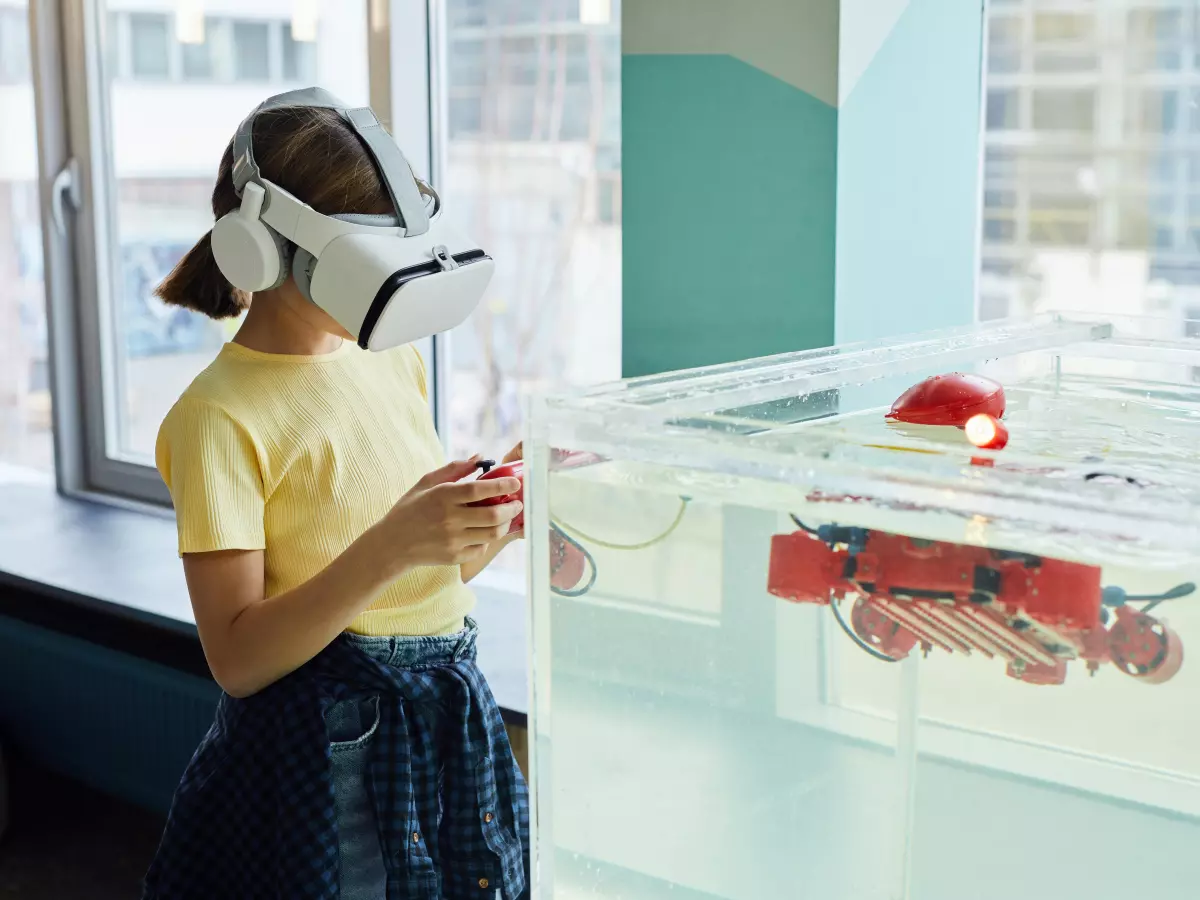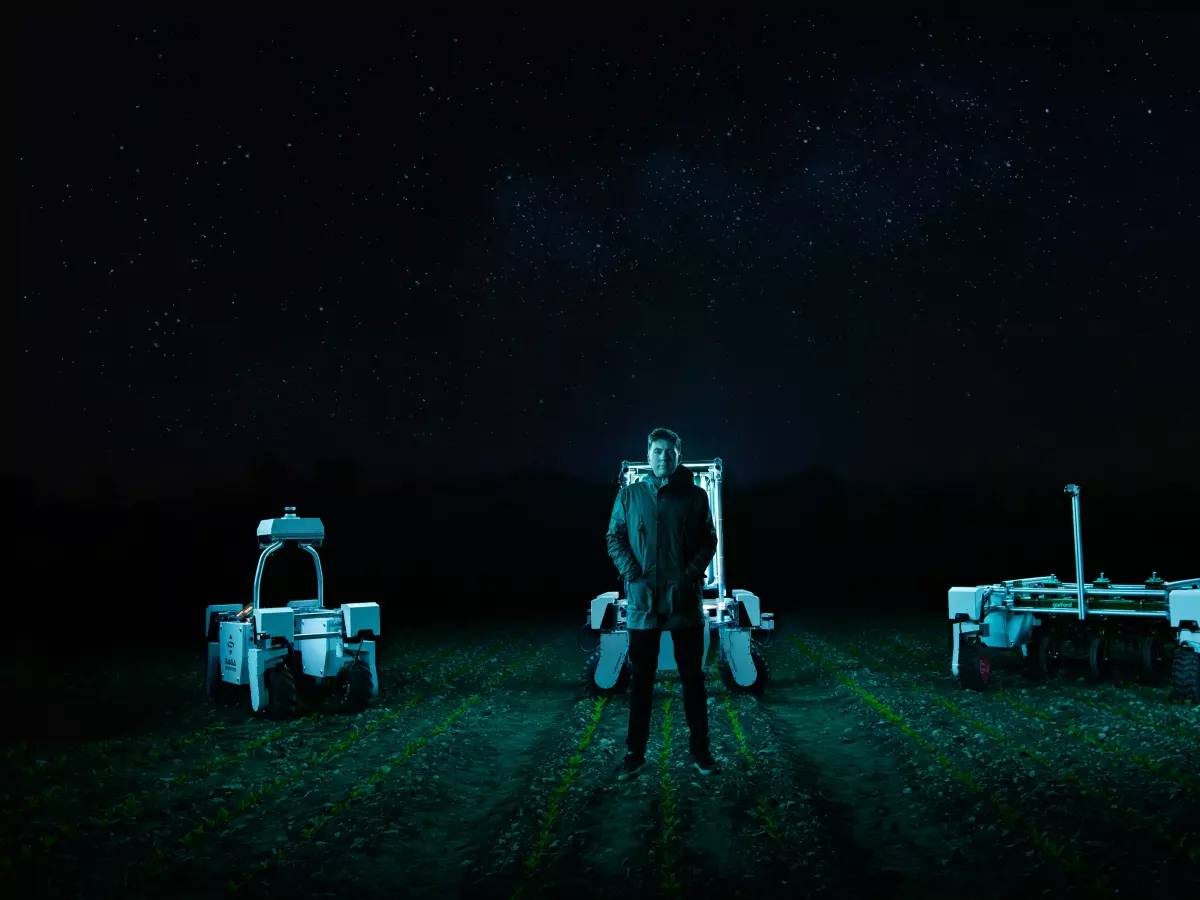Brains Behind the Bots
Think robots are all about hardware? Think again. The real magic lies in the software that makes them tick. Without it, your shiny robot is just a glorified paperweight.

By Elena Petrova
When we talk about robots, most people imagine sleek metal bodies, whirring motors, and maybe a few laser beams for good measure. But what really makes these machines come to life? Spoiler alert: it’s not the hardware. It’s the software. Yep, the unsung hero of robotics is the code that controls everything from movement to decision-making. Without it, your robot is basically a fancy doorstop.
So, what’s the deal with robotics software? Why is it such a big deal? Well, let’s dive into the nitty-gritty of how software is the true driving force behind autonomous systems, and why it’s more important than ever in today’s rapidly advancing tech landscape.
The Core of Autonomous Systems: Software Architecture
At the heart of every autonomous robot is its software architecture. Think of it as the nervous system of the robot, coordinating everything from sensor data to motor control. This architecture is typically divided into layers, each responsible for different tasks. The lower layers handle real-time control, like making sure the robot doesn’t crash into a wall. The higher layers deal with more complex decision-making, like figuring out the best route to take in a maze.
One of the most popular architectures used in robotics today is the behavior-based architecture. This system breaks down tasks into smaller, manageable behaviors. For example, a robot might have separate behaviors for avoiding obstacles, following a path, or picking up objects. The software then decides which behavior to activate based on the situation. It’s like giving your robot a bunch of mini-brains, each focused on a specific task.
Control Systems: The Robot’s Reflexes
Control systems are the part of the software that translates high-level commands into low-level actions. Imagine telling a robot to “go to the kitchen.” The control system figures out how to move the robot’s wheels, adjust its speed, and avoid obstacles along the way. It’s like the robot’s reflexes, constantly adjusting its movements based on real-time feedback.
Most control systems in robotics use a combination of proportional-integral-derivative (PID) controllers and more advanced techniques like model predictive control (MPC). PID controllers are great for simple tasks like maintaining a steady speed or keeping a robotic arm in position. MPC, on the other hand, is more advanced and can handle more complex tasks like navigating through a crowded room.
Localization and Mapping: Where Am I?
If a robot doesn’t know where it is, it’s not going to be very useful. That’s where localization and mapping software comes in. This software allows the robot to create a map of its environment and figure out its position within that map. It’s like the robot’s GPS, but way cooler.
The most common technique used for this is Simultaneous Localization and Mapping (SLAM). SLAM allows a robot to build a map of an unknown environment while simultaneously keeping track of its location. It’s a bit like trying to draw a map of a city while you’re walking through it for the first time. SLAM is crucial for autonomous robots that need to navigate through dynamic environments, like warehouses or hospitals.
Perception: Seeing the World
Perception software is what allows a robot to “see” the world around it. This software processes data from sensors like cameras, LiDAR, and ultrasonic sensors to create a 3D model of the robot’s surroundings. It’s like giving your robot a pair of eyes, but way more advanced.
One of the biggest challenges in perception is dealing with noisy or incomplete data. For example, a camera might not be able to see through fog, or a LiDAR sensor might get confused by shiny surfaces. To deal with this, perception software often uses techniques like sensor fusion, which combines data from multiple sensors to create a more accurate picture of the environment.
Decision-Making: The Robot’s Brain
Finally, we get to the decision-making software, which is essentially the robot’s brain. This software takes all the data from the sensors, control systems, and perception software and uses it to make decisions. Should the robot turn left or right? Should it pick up that object or leave it alone? These are the kinds of questions that decision-making software answers.
Most modern robots use some form of artificial intelligence (AI) for decision-making. This could be anything from simple rule-based systems to more advanced techniques like reinforcement learning, where the robot learns from its mistakes and improves over time. The goal is to make the robot as autonomous as possible, so it can operate in complex environments without human intervention.
Wrapping It Up
So, there you have it. While hardware might get all the attention, it’s the software that truly brings robots to life. From control systems to perception software, every part of a robot’s autonomy is driven by code. And as robots become more advanced, the software behind them will only get more sophisticated.
Next time you see a robot zooming around, remember: it’s not just the shiny metal and cool sensors that make it work. It’s the software, quietly running in the background, that’s the real star of the show.





